Creating a detailed and effective Lockout Tagout (LOTO) procedure is essential for ensuring the safety of workers and the proper maintenance of machinery. This guide will walk you through the steps to write a comprehensive LOTO procedure.
What is Lockout Tagout?
Lockout Tagout (LOTO) is a safety procedure used to ensure that dangerous machines are properly shut off and not started up again before the completion of maintenance or repair work. It involves isolating the energy sources of machinery and equipment and attaching lockout devices to prevent accidental re-energization. This procedure is vital in various industries, including manufacturing, electrical, and construction, where equipment can pose significant hazards if not properly controlled.
Why Do We Need a Lockout Tagout Procedure?
A Lockout Tagout (LOTO) procedure is crucial because it protects workers from hazardous energy releases during maintenance activities. Without proper Lockout Tagout (LOTO) procedures, accidental startups can occur, leading to severe injuries or fatalities. The procedure also ensures compliance with legal regulations, which mandate the use of such safety measures to prevent workplace accidents. Moreover, a well-implemented Lockout Tagout (LOTO) procedure helps in maintaining the equipment's integrity, thereby reducing downtime and repair costs.
How to Write a Lockout Tagout Procedure
The primary purpose of a LOTO procedure is to ensure the safety of workers during routine maintenance and operation of machinery. This includes commissioning and startup phases, which are particularly hazardous due to multiple parallel activities. Therefore, additional rigor in the LOTOTO plan should be considered to address these complexities and ensure comprehensive safety measures are in place.
Items to include in your Lockout Tagout Procedure are as follows:
- Area: Specify the area where the Lockout Tagout (LOTO) will occur.
- System or Unit Number: Identify the system or unit number.
- Reason for the Lockout Tagout: State the reason for Lockout Tagout, such as maintenance, startup, or shutdown.
- Description of System: Provide a detailed description of the system,
- LOTOTO Plan Number: Assign a unique lockout plan number (e.g., LT01). This number, along with the name of the responsible individual, should be on each lockout point using the tag.
- Lockout Tagout Owner: Name the person responsible for the plan’s implementation.
These points described above are recommended to be included at the top of the Lockout Tagout Procedure and are important to provide context and information to anyone reading the plan.
Below are columns which should be included in the plan to ensure best practise around implementation.
| Column | Description |
|---|---|
| LOTOTO ID Number | This unique ID is specific to each lockout point. It’s best practice to include the LOTOTO plan number for maximum information (e.g., LT01_001). |
| Valve/Electrical Tag | Record the corresponding valve or electrical tag to be locked out. |
| Type of Valve/Isolation | Specify the type of valve (manual, automatic, or type of isolation like electrical lockout on MCB). |
| P&ID/Electrical Drawing | Attach corresponding P&ID or electrical drawings for maximum visibility on the lockouts. Record for each isolation point the associated drawing. |
| Padlock Key and Number | Record the padlock number for each isolation point for improved clarity. |
| Initial and Date | For each isolation point, the person implementing the isolation should initial and date the line item. |
| Verification | A second person should verify the isolation against the P&ID and in the field. |
| Lock Removal Date | When the lock is removed this should be noted on the plan. |
For lockouts involving multiple isolations, it is recommended to use a lockbox to contain all associated isolation keys for the plan, listed on the LOTOTO plan. This ensures maximum security
Detailed Steps for Implementing a Lockout Tagout Procedure
Step 1: Preparation and Identification
Before any maintenance work begins, it is critical to prepare by identifying all potential energy sources. This includes reviewing the equipment manual, P&ID diagrams, and any other relevant documentation. Conduct a thorough hazard assessment to determine the type and magnitude of energy present. This step ensures that all energy sources are accounted for and that appropriate control measures are identified. At this time the Lockout Tagout procedure should be developed using P&ID's and any other associated drawings. The plan should be reviewed/approved by the relevant personnel to ensure accuracy and completeness.
Step 2: Notification
Inform all affected employees about the LOTO procedure. This includes operators, maintenance personnel, and anyone else who might be affected by the lockout. Clear communication about the reasons for the lockout, the equipment involved, and the expected duration of the work is essential. Notifications can be made through meetings, emails, or posted notices depending on the workplace environment. In the case of a start up / commissioning environment the natural place notifications would occur is at the daily tool box meeting. For routine operation or maintenance situations this initial discussion could take place at the shift meetings.
Step 3: Shutdown
Shut down the machinery or equipment using standard operating procedures. This may involve turning off power switches, closing valves, or shutting down systems in a controlled manner to ensure no energy is left in the system. It is crucial to follow the manufacturer's shutdown instructions to prevent any unexpected energy release.
Step 4: Isolation and De-Energization
Isolate the equipment from its energy sources. This involves disconnecting power, locking out valves, and ensuring all energy sources are completely de-energized. Use appropriate lockout devices to secure each energy isolation point. Ensure that all energy sources, including secondary and stored energy, are fully isolated.
As outlined above, isolation should include both a padlock and a lockout tag with the LOTOTO ID number.
Step 5: Application of Lockout Devices - Lock Out / Tag Out
Apply lockout devices to each energy isolation point. These devices should be durable and capable of withstanding the environmental conditions they will be exposed to. Attach a lockout tag to each device, providing information about the reason for the lockout, the person who applied the lock, and the expected duration of the lockout.
Step 6: Verification - Test Out
Verify that all energy sources have been isolated and de-energized. This step is critical to ensure that no energy is present in the system. Attempt to start the equipment using normal controls to confirm that it cannot be operated. Use testing equipment to check for residual energy if necessary. This verification should be performed by a second person to ensure accuracy.
Step 7: Reestablishment
Once maintenance or repair work is completed, it is time to reestablish the system. This involves removing lockout devices and restoring energy to the equipment. Ensure that all tools and personnel are clear from the equipment before re-energizing. Document the removal of each lockout device and verify that the system is functioning correctly before returning it to normal operation.
Storing Lockout Tagout Procedures
Lockout Tagout (LOTO) procedures can be stored in either paper-based or electronic formats. It’s essential to maintain a central repository. It is worth considering a LOTOTO log for tracking open and closed plans. This ensures all records are easily accessible and properly managed, and is especially important in situations where there are multiple parallel LOTO plans on the go (start up and commissioning). A centralized system also facilitates audits and continuous improvement of safety protocols.
Conclusion
Writing an effective Lockout Tagout procedure is crucial for ensuring the safety of workers and the proper functioning of machinery during maintenance and repairs. By following the outlined steps and including all necessary details, companies can minimize risks and comply with safety regulations.
Regular training and audits are essential to maintain the effectiveness of LOTO procedures. For further assistance with LOTO products or developing a LOTOTO procedure visit The Lock Box for a range of solutions designed to enhance your safety protocols.
The Lock Box offers a wide range of products, including safety signage, valve lockout devices, electrical lockout devices, cable lockouts, lockboxes, and hasps.

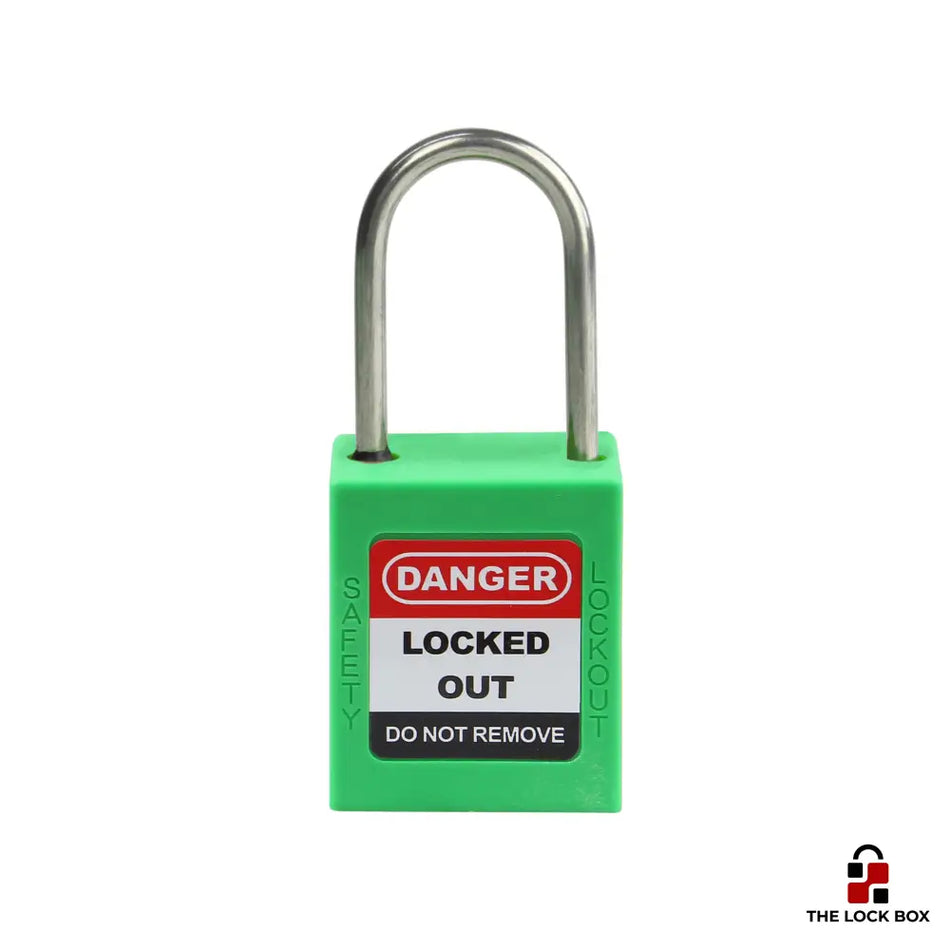
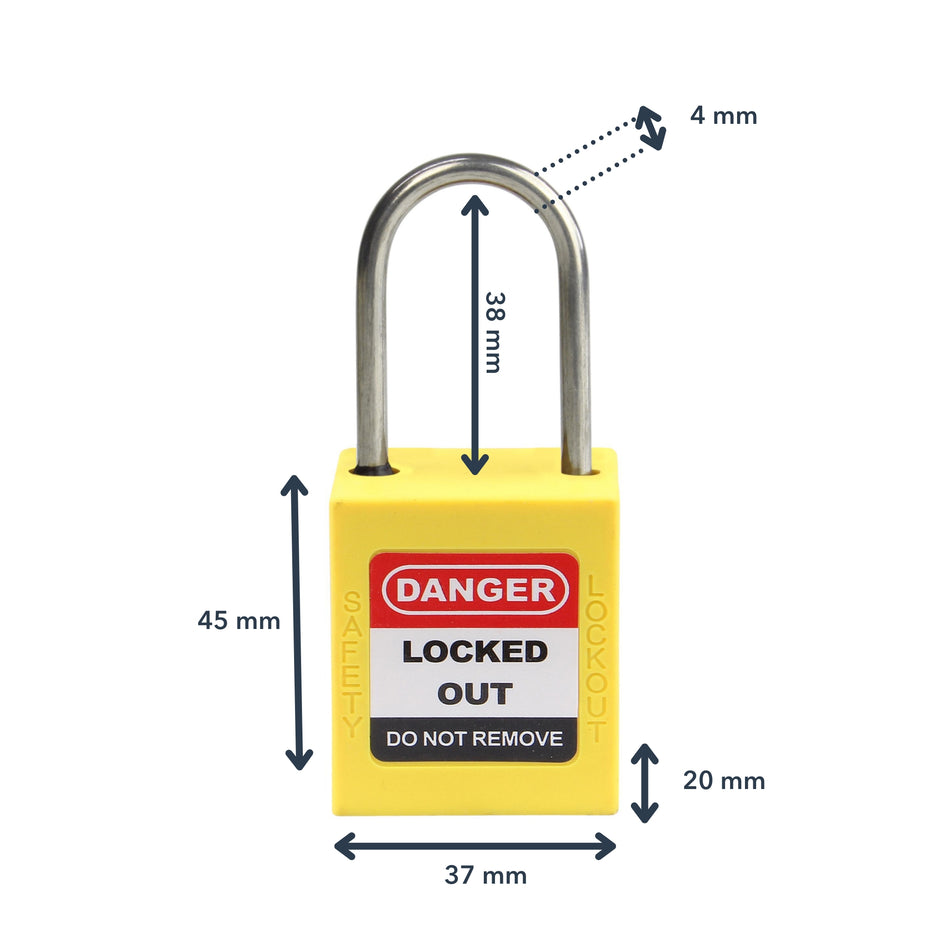
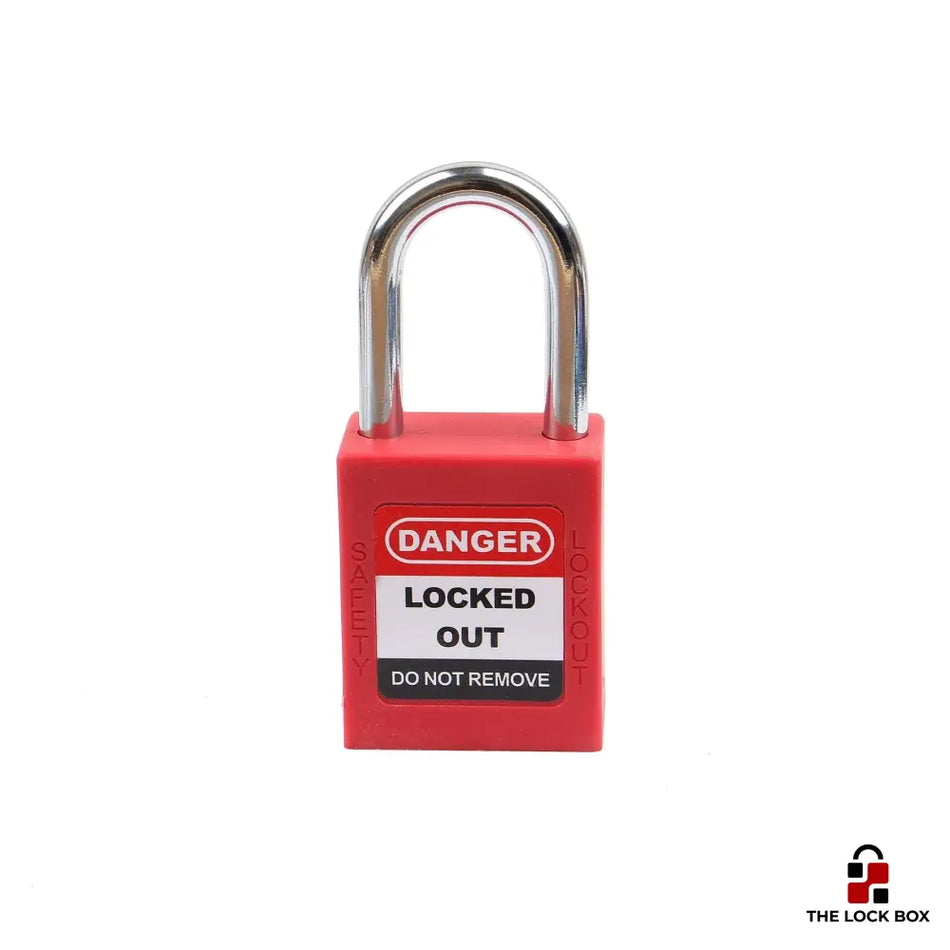
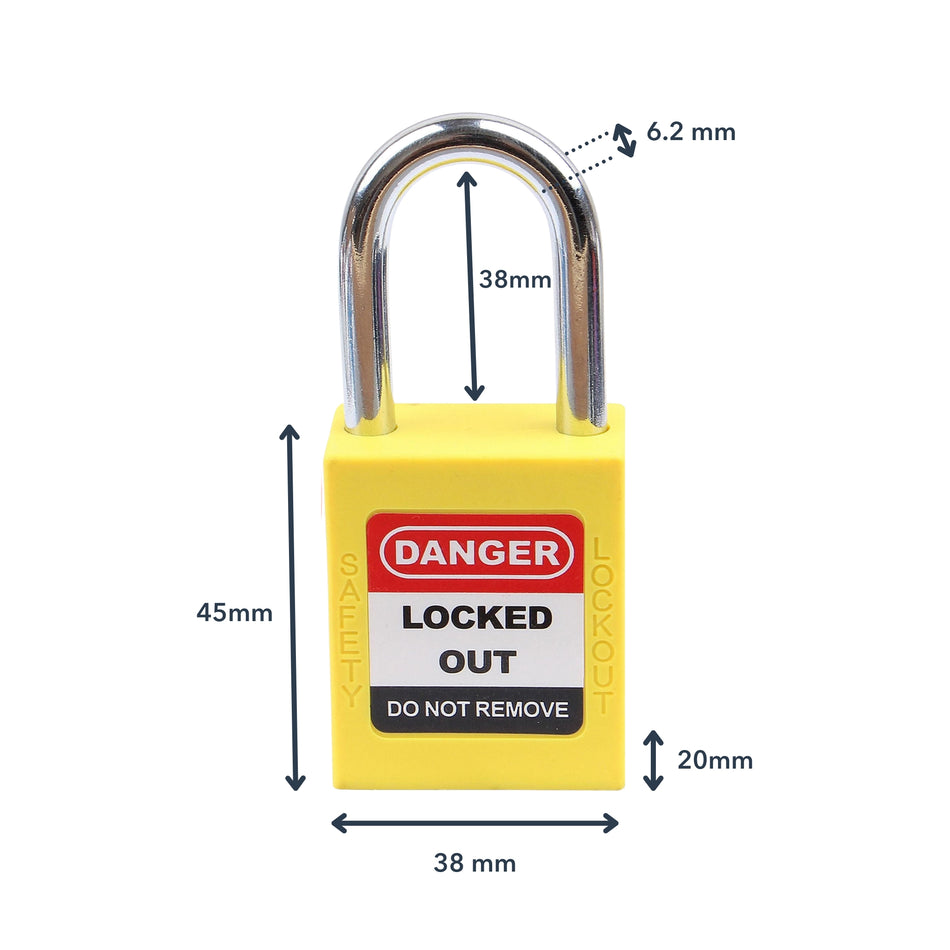

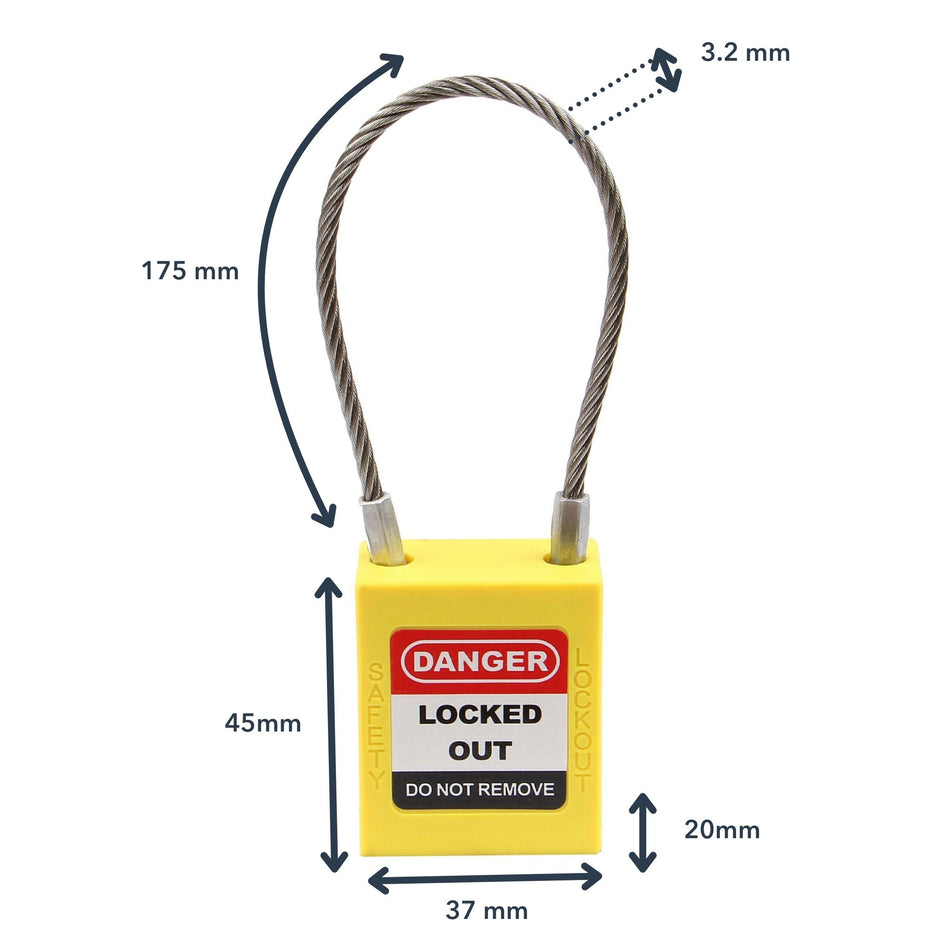
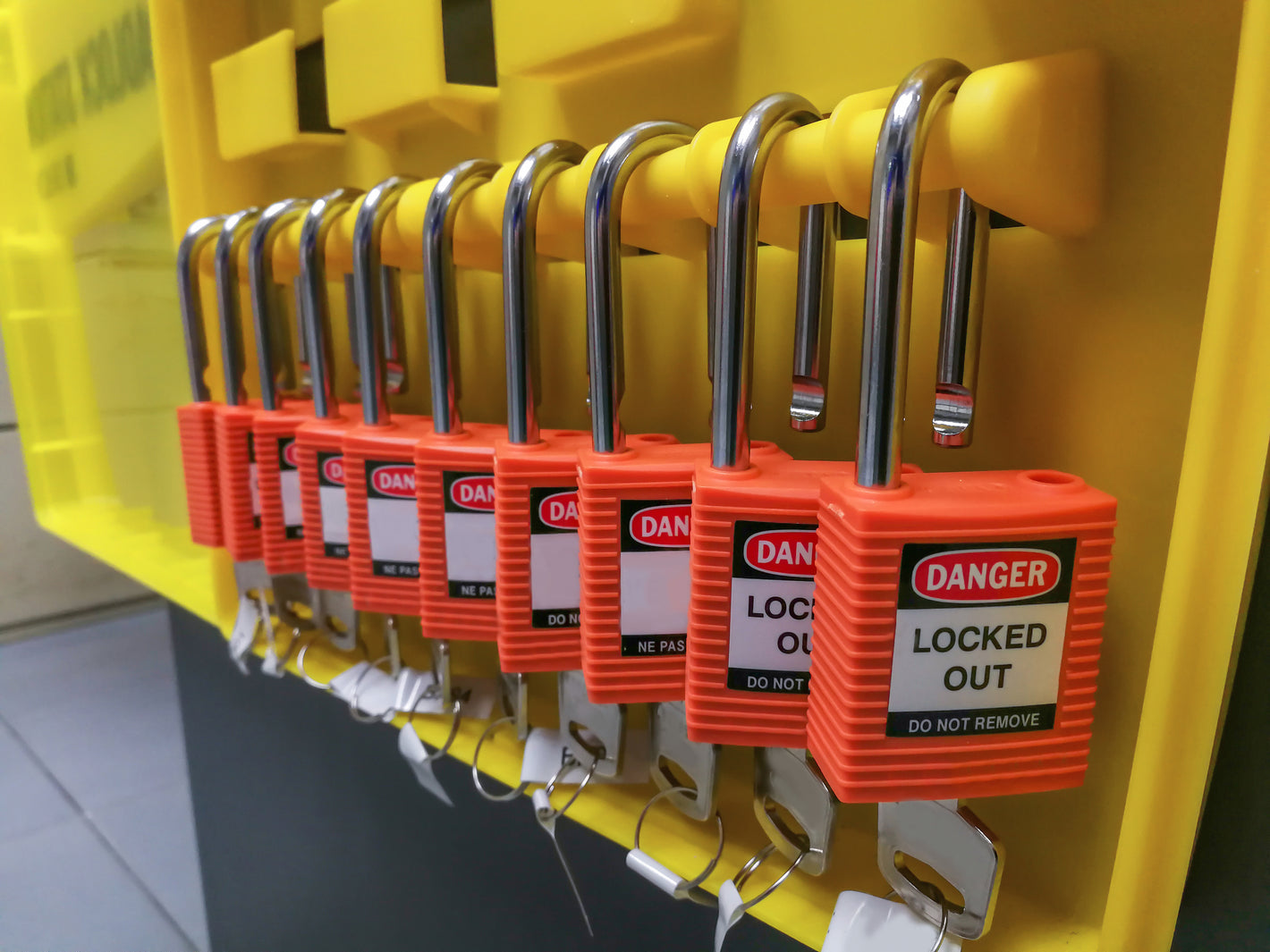
1 comment
Merci pour le sujet très intéressant encore merci à vous